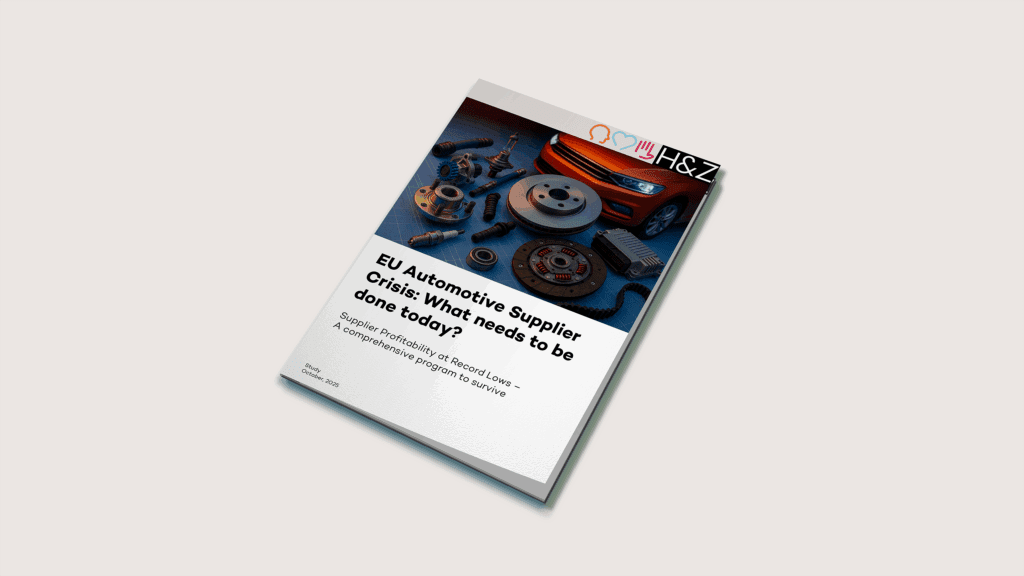
Transform Tail Spend with AI
Leverage AI to bring efficiency and strategic discipline to tail spend, enabling procurement teams to focus on high-value tasks.
Unlocking Efficiency in Tail Spend with AI
Despite improvements through digitisation and process optimisation, time remains one of the biggest bottlenecks for procurement teams. Tail spend is often too fragmented and low in strategic value to justify full tendering efforts. Traditional best practices help by consolidating spend and using automation, but AI has the potential to go further — enabling procurement to apply the same commercial rigour to tail spend as it does to strategic categories.
The Real Cost of Time: Why Tail Spend Gets Left Behind
The obvious solution — investing more time — is often too expensive to justify for fragmented, low-value spend. The volume and complexity of tail transactions make it difficult to allocate sufficient resources, especially when potential savings per event are relatively small.
As a result, procurement teams have historically relied on a set of tactical workarounds:
- Consolidating low-value, disparate requirements with wholesalers or catalogued suppliers
- Applying basic automation to speed up purchase approvals
- Relying on preferred suppliers to limit administrative overhead
-
Allowing end users to self-source within frameworks or negotiated terms
These approaches help reduce touchpoints and transaction costs but do not offer true commercial control. Pricing is rarely challenged, supplier performance is inconsistently tracked, and opportunities for value creation are often missed. Even mature organisations may accept a degree of leakage, because the effort and resources required to properly manage the long tail often outweigh the perceived benefits.
AI That Does More Than Just Speed Things Up
AI has the potential to shift this dynamic entirely. Procurement leaders no longer have to choose between managing tail spend superficially or not managing it at all. More can now be brought under control with far less manual human oversight remains necessary, AI tools augment productivity and decision-making, allowing teams to address more of the high-value tail with greater speed and accuracy.
Examples include:
- Generative LLMs – to speed up drafting of RFXs and supplier communications
- Machine learning algorithms – to automate scoring based on defined criteria and historical outcomes
- Optimisation engines and prescriptive analytics – to model and compare award scenarios for faster decision-making
-
Predictive analytics and data mining – to surface pricing trends and supplier risks automatically
These capabilities are available as both standalone programmes and end-to-end tendering bots. These systems combine the above features to support the entire sourcing process — from trigger to award — making them ideal for processes that still require human input but demand greater speed and scalability.
For truly low-value requirements, some sourcing bots can remove human touchpoints entirely, up to and including final approvals. This allows competitive sourcing to be applied to previously unmanaged spend, closing the gap between strategic and tactical categories and generating significantly more value overall.
Procurement’s Strategic Role Gets Reinforced — Not Replaced
AI’s primary advantage over traditional tail spend methods lies in its flexibility. It eliminates the need for continually adjusting low-value RFX templates or managing extensive supplier lists, enabling fast, tailored sourcing with minimal manual effort.
Sourcing bots are particularly effective for tactical, low-risk spend. Best practice involves starting with human oversight and gradually expanding autonomy as the tool proves itself across defined use cases.
Crucially, AI does not undermine the procurement function — it enhances it. Procurement teams have long aimed to prioritise strategic responsibilities such as supplier strategy, stakeholder engagement, and commercial governance. By significantly reducing the time spent on low-value, tactical activities, AI helps make this goal far more achievable than with traditional, labour-intensive methods.




